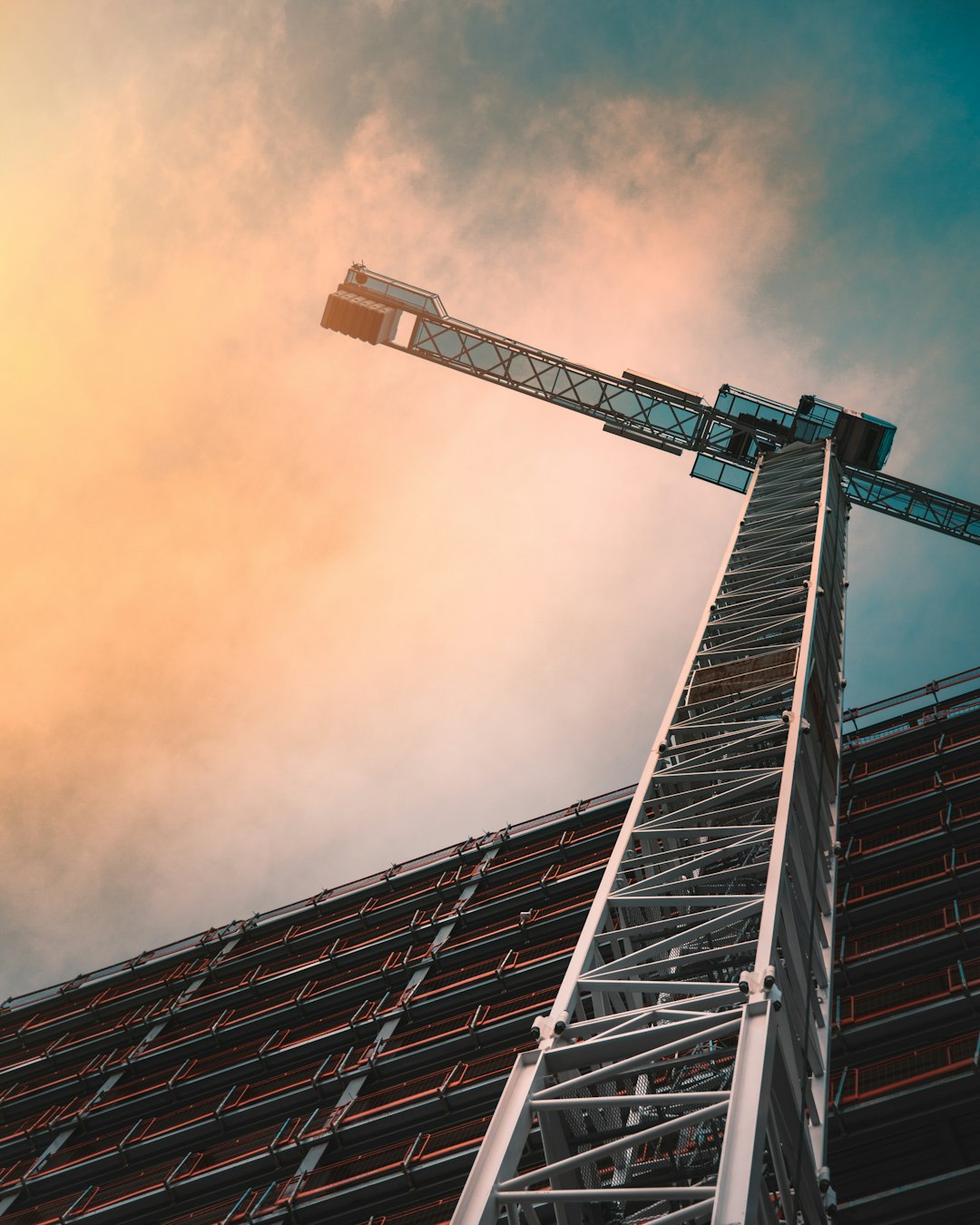Post frame buildings are literally a building constructed around a simple skeleton of secure posts. There are many sizes of buildings already existing in this style and available for construction dependent on the customer’s exact needs. You see a lot of them in agricultural settings and storage facilities. Find out more about why these simple structures could be right for your project.
Types of Buildings Suitable for the Post Frame Format
 What would a person use the post frame structure for? These are best suited to practical purposes such as farm buildings, large sheds for ships, boats, RVS, for storage of equipment, commercial uses, garages, and warehouse space. They are not elegant or unique in form and are great for someone with a tight budget. If you want a high-class house or a beautiful commercial property rather than a building that makes the best use of your allotted space and money, the post frame idea isn’t for you.
What would a person use the post frame structure for? These are best suited to practical purposes such as farm buildings, large sheds for ships, boats, RVS, for storage of equipment, commercial uses, garages, and warehouse space. They are not elegant or unique in form and are great for someone with a tight budget. If you want a high-class house or a beautiful commercial property rather than a building that makes the best use of your allotted space and money, the post frame idea isn’t for you.
Variations on a Theme
Post frame buildings might be the result of undecorated geometry, but they come in numerous sizes and dimensions. Order a 4- to 6-foot center post not including burial depth. Trusses can be built separately and added to the structure. Post notches are adjusted to accept the roof later. The roof is as high as you need it to be within the limits of your local regulations so read up on building and zoning codes.
Many Materials
As a structure goes this is just a wooden frame: the skin can be one of several materials. Choose metal, vinyl, or wood for the roof and siding or a different material for each one. Aluminum is long-wearing and low-maintenance which is excellent if your region suffers heavy snow fall, wind, or rain. Wood will require some treatment and is cheaper than metal but less weather resistant and more inclined to show wear due to shrinking and expanding between hot and cold seasons. If this is a barn for storing hay, the exterior might not remain open all year long: you aren’t building for beauty and siding can be added later if you need it.
Experts advise on the best materials for the purpose and location of a building. Your shed might require climate control if contents are susceptible to damage due to high humidity or extreme temperatures. Insulation is a key feature of buildings erected for self-storage or warehousing.
As a result of these various exterior finishes, the color can also be anything you like. Customize the project online or while talking over your structure with a project manager.
Other Building Features
Try Post frame buildings often protect valuable property. Doors and windows should be chosen for security and solidity. You will probably want to add overhead doors for the movement of tall objects (cranes, tall ships, or buses, for instance). Additional doors don’t have to be fancy: customers don’t expect frosted glass or arches. The same is true of windows which should be chosen for security, not aesthetics, although these items should also be well-insulated and reduce UV transmission which could affect the paint work on stored vehicles.
The interior is another matter should you require walls of any sophistication and protection. Metal, drywall, and PVC are three options of different prices. Metal, again, lasts a long time without maintenance but is cold and industrial. PVC will wash and dry easily if your purposes are agricultural (handling animals, for instance). Dry wall is traditional for office spaces where people sit down to work at a computer.













